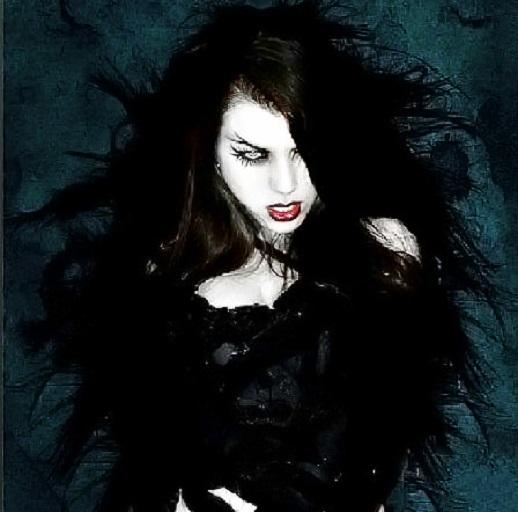In Ligeia, Poe depicts his female character as extremely smart and intelligent, saying that she conveys “wisdom too divinely precious not to be forbidden!” (Poe 694). According to the author, Ligeia is also extremely beautiful. Thus, she can doubtfully be compared to a zombie even though she rose from the dead because zombies are primarily associated with lack of wit, rotten flesh, horrendous smell, and appearance. Instead, the particular features of Ligeia’s beauty resemble those of a vampire. For example, the narrator describing Ligeia mentions that he never hears her entering the room where he sits because of the “lightness and elasticity of her footfall” (Poe 692). He only notices her presence when she desires to be seen putting her “marble hand” on his shoulder (Poe 692). When Poe speaks of marble, he appears to be speaking about the paleness of the skin.
Such a combination of appearance and stealth skills remind me of nothing but vampires. From legends, tales, movies, and books a typical vampire woman is pale, often beautiful, and can appear without anyone noticing. It is also known that vampires typically rest during the day only to rise in the light of the moon. The narrator specifically mentions the time of day stating it was around midnight when he felt and finally knew of Ligeia’s presence (Poe 698). As for blood-drinking, a most distinct attribute of vampires, Poe also seems to mention it in his manner. In the scene where Rowena drinks wine, the narrator notices or believes he notices a few drops of “brilliant and ruby colored fluid” that fell into her cup (Poe 698), which may refer to blood drinking. Thus, to my mind, the image of Poe’s Ligeia is strongly associated with a vampire that has an appearance close to that of the figure 1.

Despite being close to transcendentalists like Emerson and Thoreau, Poe often criticized the philosophical movement itself. One of the core beliefs in transcendentalism is that people are pure and uncorrupted before society and its norms change them. This idea Poe implemented in his gothic-romantic story, Ligeia. According to the plot, during her relationship with Ligeia, the narrator “have never known her at fault” (Poe 696). After her death, the main character marries another woman, which dead but present in the world in some form Ligeia apparently considered as an act of treason. In the end, she came back from the dead to torment and frighten her former husband for that. The story can be seen as irony and mockery of these transcendental ideas presenting them in grotesque form and criticizing the philosophy for excessive mysticism.
Hawthorne also criticized their transcendentalist contemporaries, which can be evidenced by his short story “Young Goodman Brown.” The main charter went to the forest abandoning his wife named Faith. This plot idea seems to be a reference to Emerson’s Nature where he invites everyone to leave the cities and live in seclusion. Upon his return, Brown gradually loses faith in humanity and his wife, Faith. The evident ambiguity and wordplay seem to make the whole story more satirical. The scene of Goodman Brown reacting to a blessing from the minister when he wavered in a seeming desire to “avoid an anathema” additionally implies that he is lost to the Cristian society (Hawthorne 618).
Melville’s criticism of transcendentalism is best seen in his greatest work, Moby Dick. Emerson and Thoreau believed that no evil was there in the world but all of it was invented by weak human hearts and minds. Melville made Moby Dick into such evil in the desire to explain that evil is always there in the world. Ishmael was afraid of Moby Dick while Ahab thought of it, as a monster ought to be killed (Melville 45). The novel also seems to argue that some of nature’s manifestations can be fierce.
Works Cited
Hawthorne, Nathan. “Yong Goodman Brown.” The Norton Anthology of American Literature, edited by Nina Baym, W.W. Norton Company, 2012, pp. 612–618.
Melville, Herman. “Moby Dick.” CreateSpace Independent Publishing Platform, 2014.
Poe, Edgar Allan. “Ligeia.” The Norton Anthology of American Literature, edited by Nina Baym, W.W. Norton Company, 2012, pp. 692–701.